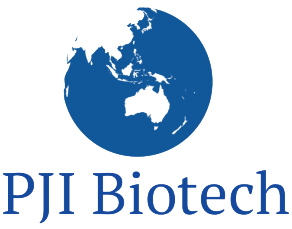A Journey from Basic cGMP to Optimized Quality Maturity
The most recently proposed CDER QMM initiative has drawn curiosity and attention in the industry. The common questions are related to how it will be implemented, how it will impact companies, and what are the benefits of implementing the program.
What is QMM and Why QMM
Quality management maturity (QMM) is the state attained when drug manufacturers have consistent, reliable, and robust business processes to achieve quality objectives and promote continual improvement. It will benefit FDA, Industry, Purchasers, and Patients in different ways. QMM is a holistic assessment of Quality systems and the Quality metric is a critical sub-component of QMM, which is important for the effective implementation of QMM. cGMP for drugs (as defined in 21CFR 210/211) is a minimum standard to assure required controls for manufacturing and facilities, as explained by CDER/FDA. ICHQ10 provides guidance on implementing Quality Management Systems and collecting/monitoring data to manage and improve Quality. Quality management Maturity (QMM) is effectively implementing ICHQ10 and moving quality management to a high maturity level by collecting meaningful data, predictive analysis, statistics, process capabilities, and other tools to prevent quality issues, supply disruptions, and drug shortages. 
It is beneficial to manufacturers because it results in less regulatory oversight, greater regulatory flexibility, shorter approval times for submissions, better corporate image, and reduced cost in hosting/managing regulatory inspections. A high level of quality maturity is beneficial to customers due to no drug shortage and supply disruptions. There are 5 levels of Quality management maturity, which include Initial (Level 1), developing (Level 2), Defined (Level 3), Managed (Level 4), and Optimized (Level 5). At level 1, processes are characterized as chaotic and sites are not in compliance with basic GxP requirements whereas at level 2 processes are being developed and at the early stage of implementation. At level 3, processes are well characterized, orderly, and well understood and processes are consistently used by well-trained staff at level 4. At level 5, processes are stable, flexible, and proactive utilizing continuous improvement and advanced analytics, resulting in measurable performance improvement.
Quality Management Maturity Model Levels 
The key elements of the pharmaceutical production System Model (ICHQ10) are Management Responsibility, Knowledge Management, CAPA System, Quality Risk Management, Process performance/product Quality monitoring system, Change Management System, and management review. QMM ensures that all of the key quality systems are in place with relevant metrics and are continually improved to a high maturity level. Quality Maturity levels and maturity Improvement are not new concepts. Most companies develop strategic and annual quality plans to assess and continuously improve the maturity of Quality systems. However, QMM provides a systemic approach to improve Quality Systems maturity using the ICHQ10, pharmaceutical production system framework. We are a team of experts, who can help clients with QMM readiness. We can conduct assessments to ensure that basic GMP requirements are met for facilities, the facility is inspection-ready, and quality management systems comply with ICHQ10. We can conduct the assessment to determine the Quality Maturity state for Quality systems, train employees on QMM, develop maturity enhancement Plans and work with clients to execute the plans. We can facilitate the integration of these plans into Strategic Quality plans and Quality annual planning for continuous maturity improvement to reach the optimized level of maturity (Level 5) and sustainability thereafter.
Contact info. for QMM Assessment: info@pjibiotech.com

